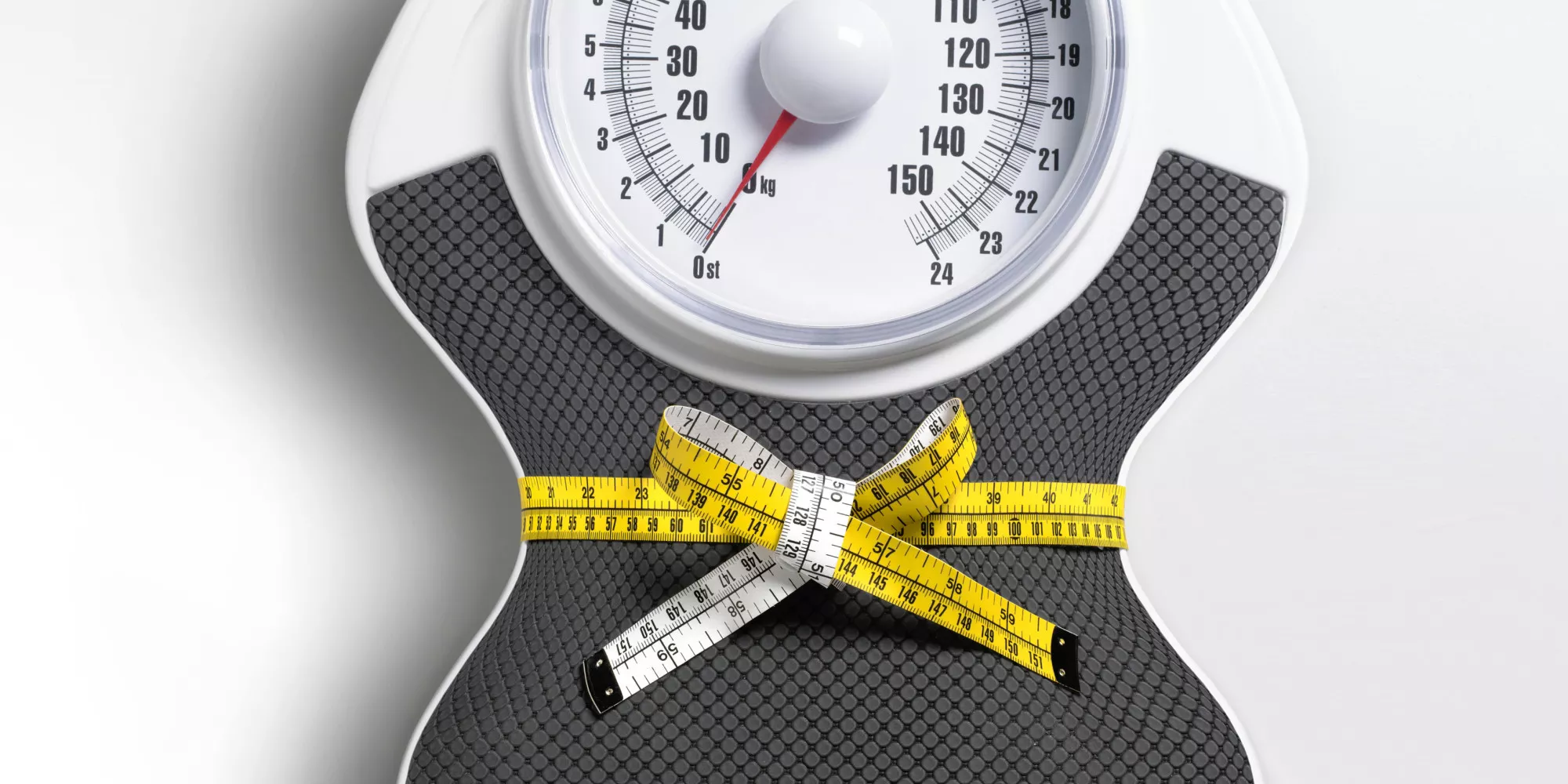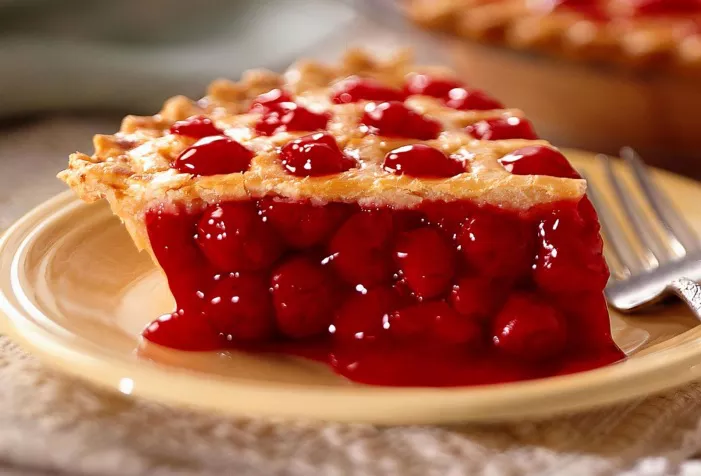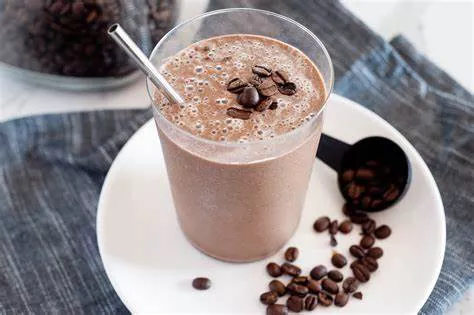Losing belly fat is a common goal for many people seeking to improve their health and appearance. The journey to shed this stubborn fat can be challenging, and it often requires a combination of dietary changes, exercise, and lifestyle modifications. In this comprehensive guide, we will explore various diets and eating patterns that have proven effective for losing belly fat. Whether you’re looking for a quick solution or a long-term lifestyle change, this article will help you determine which diet is best for you to achieve your goal of shedding belly fat.
The Battle of the Bulge: Understanding Belly Fat
Before delving into the diets that can help you lose belly fat, it’s important to understand what belly fat is and why it tends to accumulate in this area. There are two main types of belly fat:
Subcutaneous Fat: This is the fat stored just below the skin and is the type that you can pinch. While it’s not entirely harmless, subcutaneous fat is less of a concern than its counterpart, visceral fat.
Visceral Fat: Visceral fat is the hidden, deeper fat that wraps around your organs. High levels of visceral fat are associated with various health risks, including heart disease, type 2 diabetes, and certain cancers.
Losing belly fat is not only about looking better but also about reducing these health risks. When we talk about losing belly fat, we’re primarily referring to reducing visceral fat, which is notoriously difficult to tackle. It requires a multi-faceted approach, with diet playing a pivotal role.
The Role of Diet in Losing Belly Fat
Diet plays a crucial role in losing belly fat. The concept of “spot reduction,” where you can target fat loss in a specific area of your body, is a myth. However, the right dietary choices can help you create a calorie deficit, which is essential for overall fat loss, including the reduction of belly fat. Here are some dietary strategies to consider:
a. Calorie Deficit: To lose belly fat, you need to consume fewer calories than your body burns. This creates a calorie deficit, leading your body to tap into its fat stores for energy. It’s essential to maintain a sustainable calorie deficit to avoid muscle loss and metabolic slowdown.
b. Balanced Macronutrients: A balanced intake of macronutrients—carbohydrates, protein, and fat—ensures that your body receives the necessary nutrients to function optimally. Reducing belly fat requires a diet that prioritizes lean protein, healthy fats, and complex carbohydrates.
c. Portion Control: Overeating, even healthy foods, can lead to weight gain and fat accumulation. Proper portion control is key to managing calorie intake and, consequently, losing belly fat.
d. Nutrient Density: Opt for nutrient-dense foods that provide essential vitamins and minerals while keeping calorie intake in check. These foods can help you stay satisfied and reduce your overall calorie consumption.
e. Minimize Processed Foods: Highly processed foods often contain excess sugars, unhealthy fats, and additives that contribute to weight gain, including belly fat. Reducing your intake of processed foods is a smart dietary choice.
Mediterranean Diet: A Heart-Healthy Approach to Lose Belly Fat
The Mediterranean diet is widely renowned for its health benefits and effectiveness in reducing belly fat. This dietary pattern is inspired by the traditional eating habits of people in Mediterranean countries and is characterized by the following key components:
a. Abundance of Fresh Produce: The Mediterranean diet emphasizes the consumption of fruits, vegetables, and whole grains, which are rich in fiber, vitamins, and minerals. These foods can help you feel full and satisfied while providing essential nutrients.
b. Healthy Fats: Olive oil, a primary source of fat in this diet, is rich in monounsaturated fats, which have been associated with reduced belly fat. Nuts and seeds are also included, providing additional healthy fats.
c. Lean Proteins: The diet includes lean sources of protein, such as fish and poultry. These protein sources can help you maintain muscle mass while promoting fat loss.
d. Limited Red Meat: Red meat consumption is minimized in the Mediterranean diet, which can lead to a reduction in saturated fat intake.
e. Moderate Wine Consumption: Moderate wine consumption, particularly red wine, is a characteristic of the Mediterranean diet. Some studies suggest that red wine may have specific health benefits when consumed in moderation.
f. Minimized Processed Foods: The Mediterranean diet promotes the avoidance of highly processed and refined foods, which contribute to weight gain and belly fat accumulation.
Low-Carb Diets: Cutting Carbs to Shed Belly Fat
Low-carb diets have gained popularity as an effective way to lose belly fat and achieve rapid weight loss. These diets restrict the consumption of carbohydrates, particularly simple sugars and refined grains, and emphasize the following principles:
a. Ketogenic Diet: The ketogenic diet is an extremely low-carb diet that aims to induce a state of ketosis, where the body burns fat for fuel. By drastically reducing carb intake and increasing fat consumption, this diet can lead to significant weight loss, including belly fat reduction.
b. Atkins Diet: The Atkins diet is another low-carb approach that progresses through phases, allowing for the gradual reintroduction of carbs. The initial phase involves a strict restriction of carbs, leading to rapid weight loss.
c. Paleo Diet: The paleo diet focuses on whole, unprocessed foods and eliminates grains, legumes, and most dairy products. While not as low in carbs as the ketogenic or Atkins diets, it can still promote weight loss and belly fat reduction.
d. Carb Cycling: Carb cycling involves alternating between high and low-carb days. This approach can help some individuals lose weight while providing flexibility and variety in their diet.
Plant-Based Diets: The Green Path to Belly Fat Reduction
Plant-based diets have gained popularity not only for ethical and environmental reasons but also for their potential to promote weight loss and reduce belly fat. These diets, such as vegetarian and vegan diets, prioritize plant foods and exclude or limit animal products. Here’s why they can be effective:
a. High Fiber Content: Plant-based diets are typically high in fiber, which can help you feel full and satisfied, reducing overall calorie intake.
b. Lower Caloric Density: Many plant foods are low in calories, allowing you to eat larger portions without excessive calorie consumption.
c. Reduced Saturated Fat: By limiting or eliminating animal products, plant-based diets naturally reduce saturated fat intake, which is associated with belly fat accumulation.
d. Improved Insulin Sensitivity: Plant-based diets have been shown to improve insulin sensitivity, making it easier for the body to manage blood sugar levels and reduce belly fat.
e. Rich in Antioxidants: Plant-based diets are abundant in antioxidants, which can support overall health and potentially aid in fat loss.
Intermittent Fasting: Timing Your Meals for Belly Fat Loss
Intermittent fasting (IF) is an eating pattern that focuses on when you eat, rather than what you eat. It involves cycles of fasting and eating periods and has gained popularity as an effective strategy for weight loss and belly fat reduction. There are several methods of intermittent fasting, including:
a. 16/8 Method: This method involves fasting for 16 hours each day and limiting eating to an 8-hour window. For example, you might skip breakfast and eat between 12 PM and 8 PM.
b. 5:2 Method: With the 5:2 method, you eat normally for five days of the week and restrict your calorie intake to around 500-600 calories on the other two non-consecutive days.
c. Eat-Stop-Eat: This approach involves fasting for a full 24 hours once or twice a week.
d. Alternate-Day Fasting: Alternate-day fasting alternates between days of regular eating and days of very low-calorie intake.
e. The Warrior Diet: The Warrior Diet involves a 20-hour fast followed by a 4-hour eating window.
Intermittent fasting can lead to a calorie deficit and promote weight loss, including belly fat reduction. It also has the potential to improve insulin sensitivity and increase the release of norepinephrine, a hormone that aids in fat-burning.
The DASH Diet: Dietary Approaches to Stop Hypertension and Belly Fat
The Dietary Approaches to Stop Hypertension (DASH) diet was originally designed to lower blood pressure, but it has also been recognized for its effectiveness in weight management and belly fat reduction. The DASH diet focuses on the following principles:
a. Emphasis on Fruits and Vegetables: The DASH diet encourages the consumption of a variety of colorful fruits and vegetables, which are rich in fiber and essential nutrients.
b. Whole Grains: It promotes the consumption of whole grains, such as brown rice and whole wheat bread, which are high in fiber and can help you feel full.
c. Lean Protein: The diet includes lean protein sources, like poultry, fish, and plant-based proteins, which can support muscle maintenance during weight loss.
d. Low Sodium: The DASH diet limits sodium intake, which can help reduce water retention and bloating, giving the appearance of a flatter belly.
e. Reduced Sugar: It encourages the reduction of added sugars, which can contribute to weight gain and belly fat accumulation.
The Importance of Hydration in Belly Fat Loss
While we’ve discussed various diets and eating patterns, it’s essential to highlight the critical role of hydration in losing belly fat. Staying well-hydrated supports the body’s ability to metabolize fat and can aid in the overall weight-loss process. Here’s why proper hydration is crucial:
a. Improved Metabolism: Dehydration can slow down your metabolism, making it more challenging to lose weight, including belly fat.
b. Appetite Control: Drinking water before meals can help control your appetite and prevent overeating, ultimately leading to calorie reduction.
c. Fat Oxidation: Staying adequately hydrated is essential for the body to efficiently oxidize fat for energy.
d. Reduced Water Retention: Proper hydration can help reduce water retention, giving the appearance of a flatter belly.
Conclusion
Losing belly fat is a common goal, and it’s essential to approach it with the understanding that there is no one-size-fits-all solution. The best diet to lose belly fat depends on your individual needs, preferences, and lifestyle.























